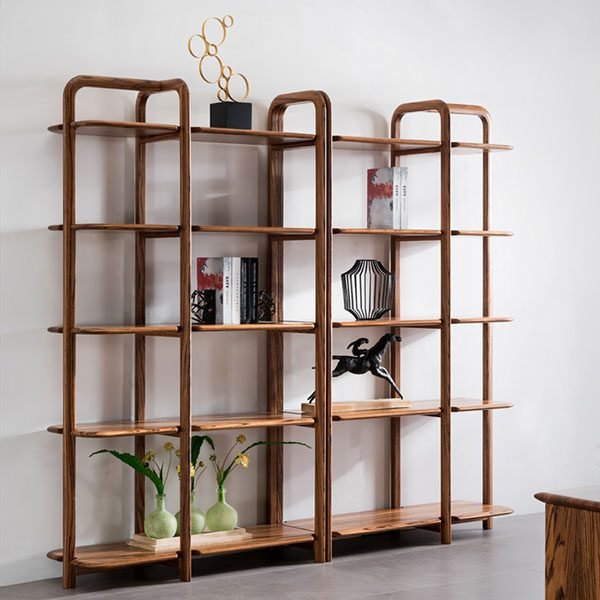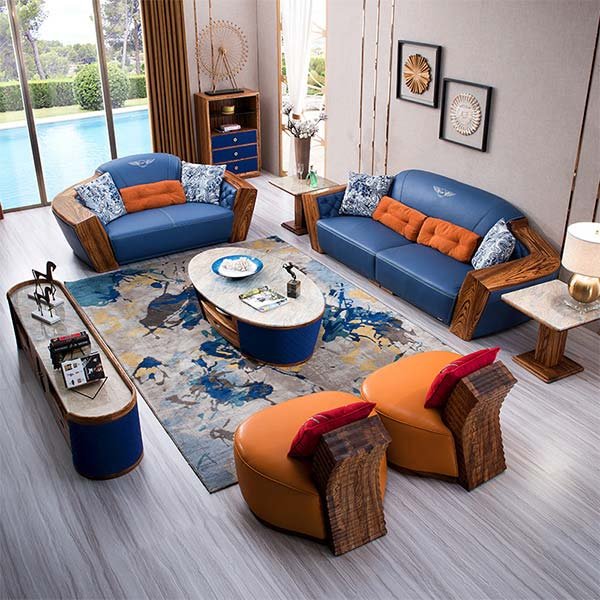“Harmonize your living space with matching furniture.”
Color coordination
Color coordination is an important aspect of interior design, especially when it comes to the living room. Many people wonder whether their living room furniture should match in color or if mixing and matching is acceptable. While there are no hard and fast rules, there are some guidelines to consider when deciding on the color scheme for your living room.
One of the key factors to consider when choosing the color scheme for your living room is the size of the space. In smaller living rooms, matching furniture can help create a cohesive look and make the room feel more spacious. On the other hand, in larger living rooms, mixing and matching furniture can add visual interest and create a more eclectic feel.
Another factor to consider is the style of your living room furniture. If you have a more traditional style of furniture, matching pieces in coordinating colors can help create a classic and timeless look. However, if you have a more modern or eclectic style, mixing and matching furniture in different colors can add a unique and personal touch to your living room.
When it comes to color coordination, it’s important to consider the overall color scheme of your living room. If you have a neutral color palette, such as whites, grays, and beiges, matching furniture can help create a clean and cohesive look. On the other hand, if you have a more colorful color palette, mixing and matching furniture in complementary colors can add depth and dimension to your living room.
It’s also important to consider the mood you want to create in your living room. Matching furniture in calming and soothing colors, such as blues and greens, can create a relaxing and peaceful atmosphere. On the other hand, mixing and matching furniture in bold and vibrant colors, such as reds and yellows, can create a more energetic and lively feel.
Ultimately, the decision to match or mix and match your living room furniture comes down to personal preference. Some people prefer the cohesive look of matching furniture, while others enjoy the eclectic feel of mixing and matching. Whichever you choose, it’s important to consider the size of the space, the style of the furniture, the overall color scheme, and the mood you want to create in your living room.
In conclusion, there is no right or wrong answer when it comes to whether your living room furniture should match. It ultimately depends on your personal style and preferences. Whether you choose to match or mix and match your living room furniture, the most important thing is to create a space that feels comfortable and reflects your personality.
Style consistency
When it comes to decorating a living room, one common question that often arises is whether or not the furniture should match. Some people believe that matching furniture creates a cohesive and polished look, while others prefer a more eclectic and personalized approach. Ultimately, the decision to match living room furniture comes down to personal preference and the overall style you are trying to achieve.
For those who prefer a more traditional and classic look, matching living room furniture can be a great option. Matching sets of furniture, such as a sofa, loveseat, and armchair in the same color and style, can create a sense of harmony and balance in the room. This can be especially beneficial in smaller spaces, where matching furniture can help create a more streamlined and cohesive look.
On the other hand, mixing and matching different pieces of furniture can add a unique and eclectic touch to a living room. By combining different styles, colors, and textures, you can create a more personalized and visually interesting space. Mixing furniture can also allow you to showcase your personality and creativity, as you can choose pieces that reflect your individual style and taste.
One way to achieve a cohesive look while mixing furniture is to stick to a consistent color palette. By choosing pieces that share similar colors or tones, you can create a sense of unity in the room. For example, you could mix a neutral sofa with colorful accent chairs, or pair a wooden coffee table with metal end tables. This can help tie the room together and create a harmonious overall look.
Another way to create a cohesive look with mismatched furniture is to focus on a common theme or style. For example, you could mix vintage and modern pieces, or combine rustic and industrial elements. By choosing pieces that share a common design aesthetic, you can create a cohesive and visually appealing space. This can help prevent the room from looking too disjointed or chaotic.
Ultimately, whether or not living room furniture should match is a matter of personal preference. Some people prefer the clean and polished look of matching furniture, while others enjoy the creativity and individuality of mixing different pieces. Whichever approach you choose, it’s important to consider the overall style and feel you want to achieve in your living room. By carefully selecting and arranging your furniture, you can create a space that is both stylish and comfortable, reflecting your unique personality and taste.
Size and scale harmonization
When it comes to decorating a living room, one of the common dilemmas that homeowners face is whether or not their furniture should match. While some people prefer a cohesive look with matching furniture sets, others opt for a more eclectic mix of pieces. One important factor to consider when deciding whether or not your living room furniture should match is the size and scale of the pieces.
Size and scale harmonization is crucial in creating a visually appealing and functional living room. When all of the furniture in a room is the same size or scale, it can create a sense of monotony and lack of visual interest. On the other hand, mixing different sizes and scales of furniture can add depth and dimension to the space.
One way to achieve size and scale harmonization in your living room is to mix different types of furniture. For example, pairing a large, overstuffed sofa with a sleek, modern coffee table can create a balanced and visually interesting look. Similarly, mixing different styles of furniture, such as a traditional armchair with a contemporary side table, can add personality and character to the room.
Another important consideration when it comes to size and scale harmonization is the layout of the room. It’s important to consider the size of the room and the placement of windows, doors, and other architectural features when choosing furniture. For example, in a small living room with limited space, it may be best to opt for smaller-scale furniture to avoid overcrowding the space.
In addition to size and scale, it’s also important to consider the color and style of the furniture when deciding whether or not it should match. While matching furniture sets can create a cohesive look, mixing different colors and styles can add visual interest and personality to the room. For example, pairing a neutral-colored sofa with a bold, patterned armchair can create a dynamic and eye-catching look.
Ultimately, whether or not your living room furniture should match comes down to personal preference and the overall aesthetic you want to achieve. If you prefer a more cohesive and traditional look, matching furniture sets may be the way to go. However, if you prefer a more eclectic and personalized look, mixing different sizes, scales, colors, and styles of furniture can create a unique and inviting space.
In conclusion, size and scale harmonization is an important factor to consider when deciding whether or not your living room furniture should match. By mixing different sizes, scales, colors, and styles of furniture, you can create a visually interesting and functional space that reflects your personal style and taste. Ultimately, the decision to match or mix your living room furniture is up to you and what makes you feel most comfortable and happy in your home.
Заключение
Living room furniture should match to create a cohesive and harmonious look in the space. Matching furniture can help tie the room together and create a sense of unity and balance.



